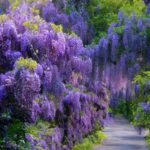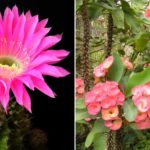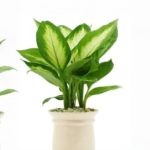1. Night-blooming jasmine
The night-blooming jasmine flowers at night and has an alluring fragrance, but few people know that this flower is toxic and can affect human health.
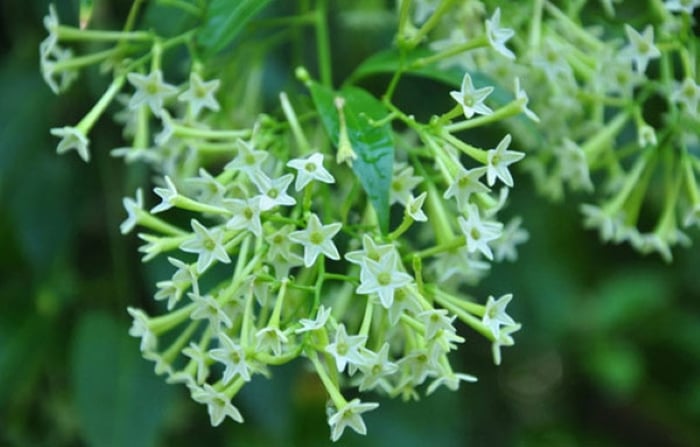
All parts of this plant are poisonous to humans. The strong fragrance that appears at night can cause difficulty breathing, nasal and throat irritation. It can also cause severe headaches, nausea, and dizziness.
If people with high blood pressure and heart disease smell the scent of night-blooming jasmine too much and for a long time, their condition will become more serious. In addition, the toxic alkaloids in this flower can cause rapid hair loss if exposed for too long.
2. Wisteria
Wisteria is also known as purple bean flower, and they have beautiful purple color, so they are commonly grown as ornamental plants in many countries like China, South Korea, Japan…
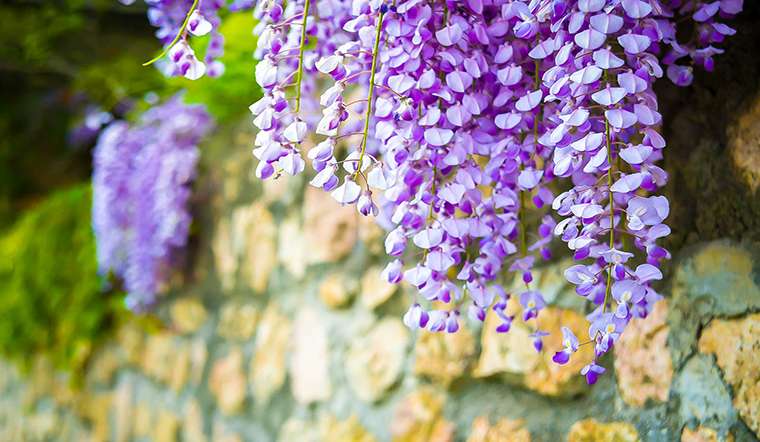
Not only beautiful, Wisteria flowers are also very odorous. But the seeds of wisteria are toxic, can cause vomiting, convulsions, and diarrhea if eaten.
3. Begonia
The begonia plant has beautiful spherical flowers in pink, white, and blue colors and is commonly grown for ornamental purposes in many places.
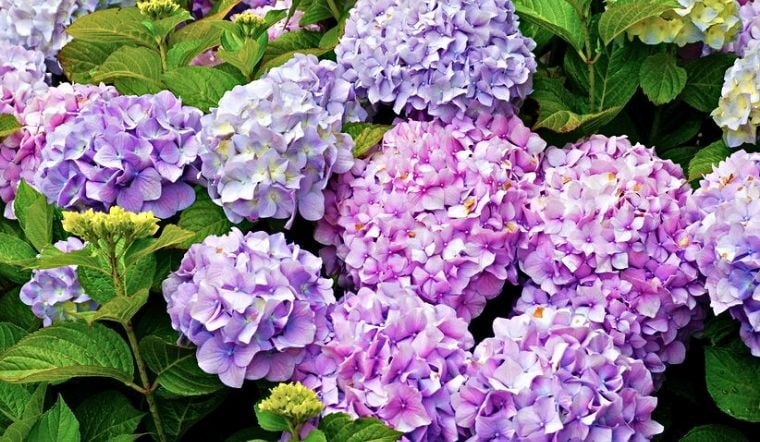
However, all parts of the begonia plant contain toxins. The leaves and bulbs of the plant contain hydragin-cyanogenic glycoside, which can cause diarrhea, vomiting, rapid breathing, and, in severe cases, can lead to unconsciousness, convulsions, and blood circulation disorders.
4. Dalat trumpet flower
This flower is also known as the angel’s trumpet or the breath of the devil, originating from Colombia. This plant has brightly colored flowers in white, yellow, or red… they are beautiful, but they contain extremely toxic substances in all parts.
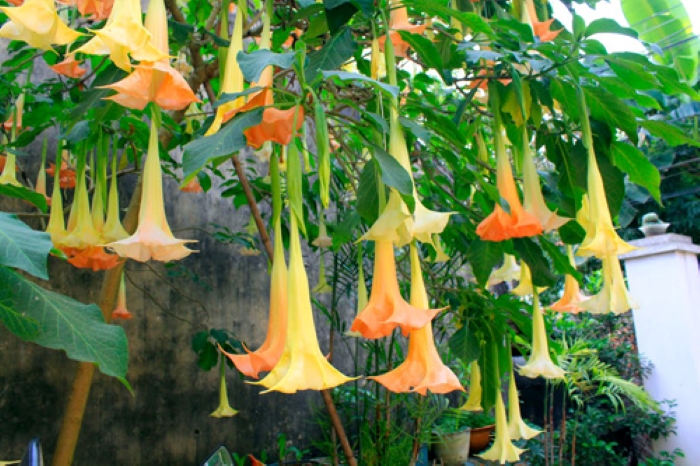
If you smell the flower, the victim will fall into an unconscious state, speaking nonsensically, unable to control their behavior. Extract from this flower is used to produce hallucinogens. This flower is grown a lot in Dalat, so it is also called the Dalat trumpet flower.
5. Oleander
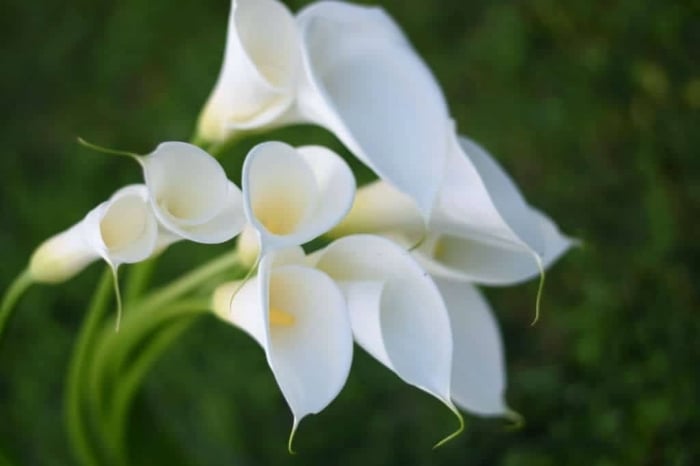
The leaves and bulbs of the oleander plant contain a lot of calcium oxalate, a toxic substance that causes nausea, mouth burns, tongue numbness, and swelling of the mucous membranes if accidentally eaten.
6. Plum blossom
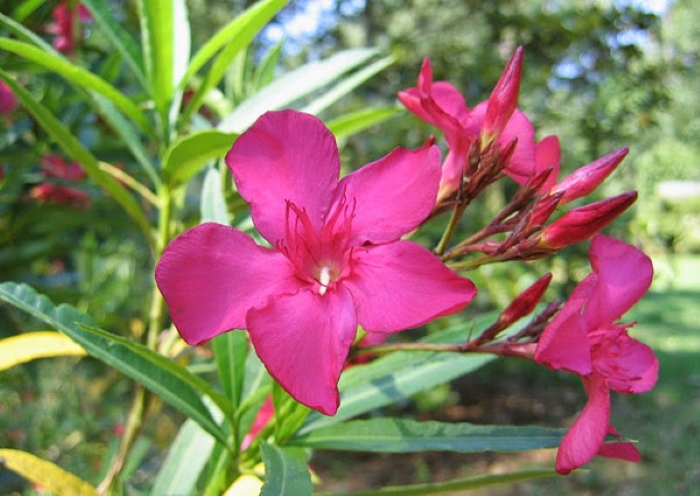
The plum blossom has a beautiful shape and bright colors, so this plant is often grown for landscaping in parks.
7. Firecracker flower
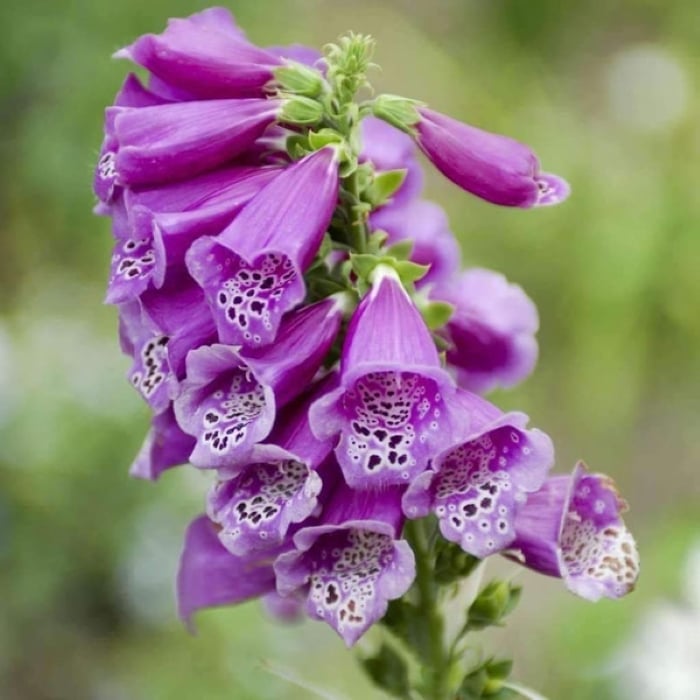
This plant is also known as Mao Di Huang or purple bellflower, with clusters of flowers pointing straight up like a tower.
8. Castor bean flower
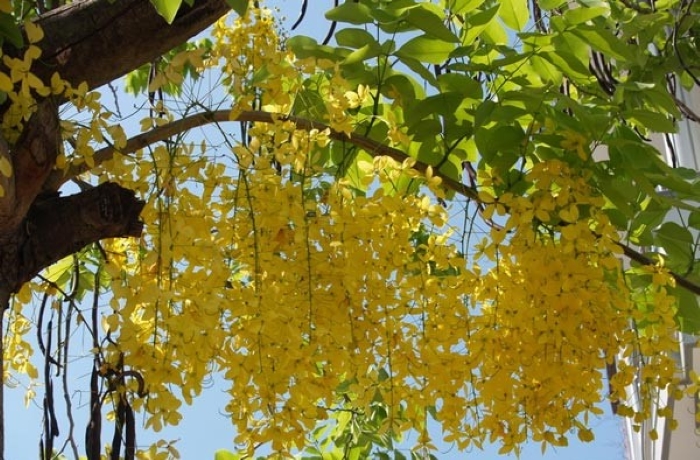
The castor bean flower, also known as the yellow scorpion flower or Osaka flower, has a yellow color and blooms in a beautiful cluster. However, the flower, leaves, fruit, and seeds of the castor bean flower are all toxic and can cause poisoning if eaten.


























